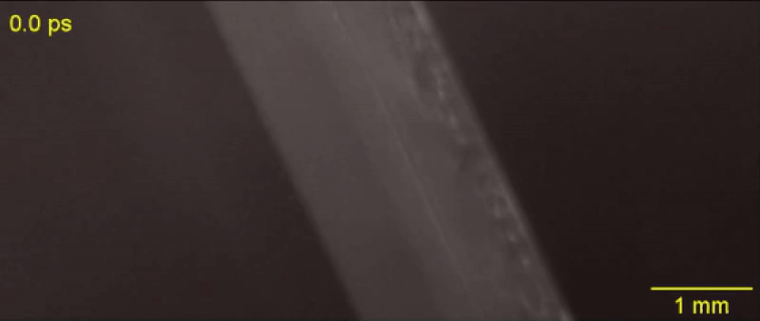Why You Can’t Keep a Secret

The interesting thing about the brain is that it doesn’t have one central driver. Instead, the brain is made up of a lot of competing subpopulations that are trying to drive the ship. And so you are not one thing. You’re more like a neural parliament made up of different political parties. And this is why people can get mad at themselves and cajole themselves and contract with themselves. It’s because you’re made up of lots of things and they’re all trying to be in control.
This leads us to an understanding of a lot of issues about human behavior. One of them that I thought was interesting as I was writing my book, Incognito, was thinking about what is a secret because there’s no biological theory about what a secret is. And if you ask, “Well, could a toaster keep a secret or something like that?” it’s hard to imagine what that would even mean.
But we need to take on this team of rivals framework to understand what a secret is, which is that a part of your brain wants to tell something and another part of your brain doesn’t want to because of the social consequences of it. That’s what’s required for a secret. You need multiple parts of the brain that are in competition with one another. If all these different parts want to tell the story, then it’s just a good story. And if none of the parts want to tell it, then it’s just something you don’t do. It’s that tension that you get from different populations in the brain, that’s what constitutes a secret.
It turns out it’s known from the psychology literature that keeping a secret’s quite bad for you because it causes a lot of stress, and people who are holding secrets, their stress hormone levels go up. They have more doctors visits and so on. And once they release something, then their health improves measurably.
So this allows us to start linking these high-level frameworks about the brain, about competing pieces and parts, to things we know from the psychology literature as we try to understand the relationship between them.
In Their Own Words is recorded in Big Think’s studio.
Image courtesy of Shutterstock





